Activities – Les Rencontres d’Arles 2016
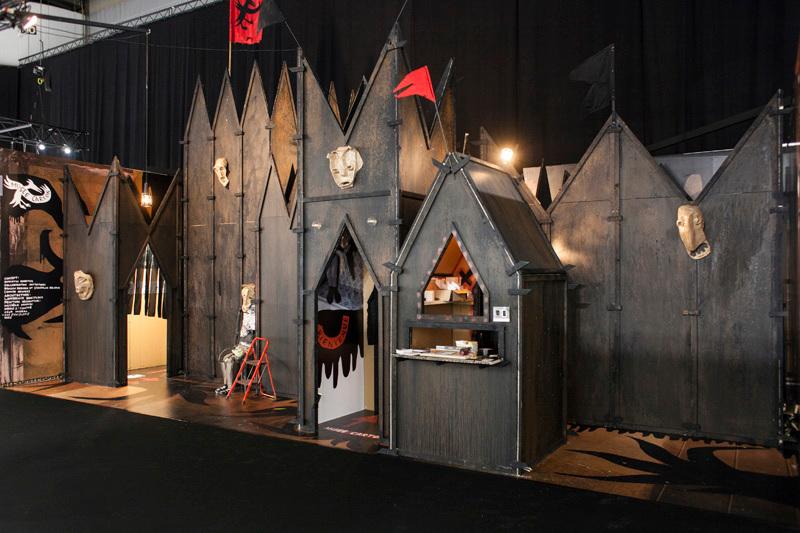
Augustin Rebetez / Musée carton
Monday, July 4, 201610:00 - 19:30
Location : Nonante-neuf, Magasin électrique
Plateforme10 brings together the Musée Cantonal des Beaux-Arts (mcb-a), Musée de l’Elysée (the canton’s photography museum) and Musée de Design et d’Arts Appliqués Contemporains (MUDAC) on a site next to the railway station in Lausanne, Switzerland. Wanting to go beyond the traditional displays of building models and architectural plans, the three directors asked Augustin Rebetez to design a unique world that presents, in an original style, the ambitious project of bringing three museums together in one place. The artist skilfully explores the museums’ areas of specialisation, whether photography, drawing, painting, sculpture, objects or writing. This comprehensive approach, which flouts hierarchies and genres, immediately came to the fore as this outstanding project’s best ambassador. His cardboard castle entices visitors to step inside an imaginary museum. The quirky structure includes fictional cultural spaces and fake artworks. Pseudo paintings, designer objects, photographs and sculptures are made from cardboard in order to create a museum of major pieces in the history of Swiss art. This total work brilliantly breaks down walls between media and offers an unprecedented, jubilatory interpretation of artistic practices. The installation allows Plateforme10 to make a statement based on the strong, expressive power of Rebetez’s imagery and unique language. From July 4 to September 25, 10am to 7:30am.
Plateforme10 brings together the Musée Cantonal des Beaux-Arts (mcb-a), Musée de l’Elysée (the canton’s photography museum) and Musée de Design et d’Arts Appliqués Contemporains (MUDAC) on a site next to the railway station in Lausanne, Switzerland. Wanting to go beyond the traditional displays of building models and architectural plans, the three directors asked Augustin Rebetez to design a unique world that presents, in an original style, the ambitious project of bringing three museums together in one place. The artist skilfully explores the museums’ areas of specialisation, whether photography, drawing, painting, sculpture, objects or writing. This comprehensive approach, which flouts hierarchies and genres, immediately came to the fore as this outstanding project’s best ambassador. His cardboard castle entices visitors to step inside an imaginary museum. The quirky structure includes fictional cultural spaces and fake artworks. Pseudo paintings, designer objects, photographs and sculptures are made from cardboard in order to create a museum of major pieces in the history of Swiss art. This total work brilliantly breaks down walls between media and offers an unprecedented, jubilatory interpretation of artistic practices. The installation allows Plateforme10 to make a statement based on the strong, expressive power of Rebetez’s imagery and unique language.
From July 4 to September 25, 10am to 7:30am.

Christian Marclay
Monday, July 4, 201610:00 - 19:30
Location : Grande Halle, parc des Ateliers
Christian Marclay regularly takes photographs and videos walking through London, where he lives. In Arles, he is showing a series of six new, silent projected animations along with Pub Crawl, a sound and video installation from 2014, each presented for the first time in France. Unlike Pub Crawl, in which Marclay coaxed sound from empty glasses, bottles, and cans found abandoned on the streets of East London, the new videos are comprised of thousands of still photographs. This time the artist focuses our attention on small detritus littering the streets such as cigarette butts, bottle caps, chewing gum, cotton buds, and plastic lids and straws. When played back in rapid succession, the static pictures give the illusion of motion as in a flip-book: burnt cigarettes grow back; colourful bottle caps flash and blend; hairy cotton buds wiggle; blobs of chewing gum divide and multiply like cells; and lids and straws rotate like clockwork. Unlike traditional animation where the shooting background is consistent in maintaining spatial continuity, here the object’s background changes frantically; the flickering of images in rapid succession recalls early cinema. Marclay’s documentation of the discarded and disposable is set in motion, transforming trash into aural and visual poetry. From July 4 to September 25, 10am to 7:30pm
Christian Marclay regularly takes photographs and videos walking through London, where he lives. In Arles, he is showing a series of six new, silent projected animations along with Pub Crawl, a sound and video installation from 2014, each presented for the first time in France. Unlike Pub Crawl, in which Marclay coaxed sound from empty glasses, bottles, and cans found abandoned on the streets of East London, the new videos are comprised of thousands of still photographs. This time the artist focuses our attention on small detritus littering the streets such as cigarette butts, bottle caps, chewing gum, cotton buds, and plastic lids and straws. When played back in rapid succession, the static pictures give the illusion of motion as in a flip-book: burnt cigarettes grow back; colourful bottle caps flash and blend; hairy cotton buds wiggle; blobs of chewing gum divide and multiply like cells; and lids and straws rotate like clockwork. Unlike traditional animation where the shooting background is consistent in maintaining spatial continuity, here the object’s background changes frantically; the flickering of images in rapid succession recalls early cinema. Marclay’s documentation of the discarded and disposable is set in motion, transforming trash into aural and visual poetry.
From July 4 to September 25, 10am to 7:30pm
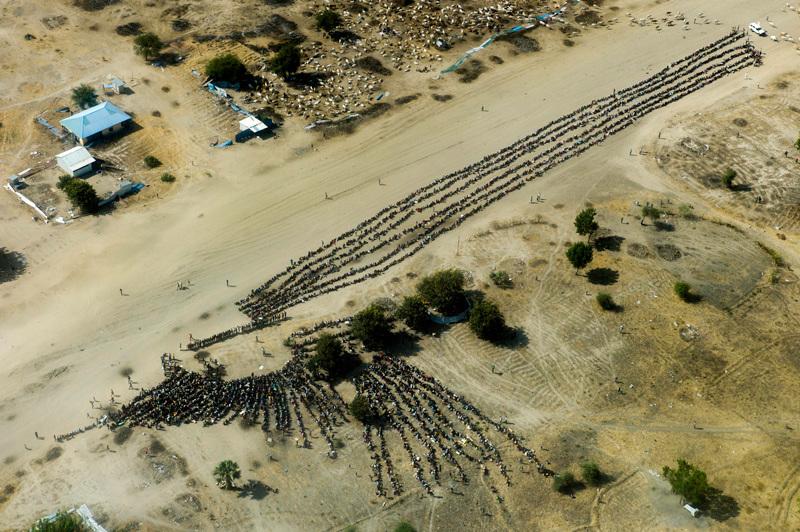
Dominic Nahr / Pays brisé
Monday, July 4, 201610:00 - 19:30
Location : Fondation manuel rivera-ortiz
By gaining independence on July 9, 2011, the youngest nation of the world was born: The General Assembly of the United Nations welcomed South Sudan as 193rd member, praising it as a model for security, peace, prosperity, friendship and cooperation between peoples. Five years after independence the UN reported on the desperate situation in South Sudan: War, violence, famine, and disease have driven the East African nation into a humanitarian catastrophe. By tracing the paths of families as they crisscrossed the country in search of safety, and by spending time with men inflicting this suffering, Nahr points at the dissonance between the original concept of a peaceful, united country and the reality its people are facing. From July 4 to September 25, 10am to 7:30am.
By gaining independence on July 9, 2011, the youngest nation of the world was born: The General Assembly of the United Nations welcomed South Sudan as 193rd member, praising it as a model for security, peace, prosperity, friendship and cooperation between peoples. Five years after independence the UN reported on the desperate situation in South Sudan: War, violence, famine, and disease have driven the East African nation into a humanitarian catastrophe. By tracing the paths of families as they crisscrossed the country in search of safety, and by spending time with men inflicting this suffering, Nahr points at the dissonance between the original concept of a peaceful, united country and the reality its people are facing.
From July 4 to September 25, 10am to 7:30am.
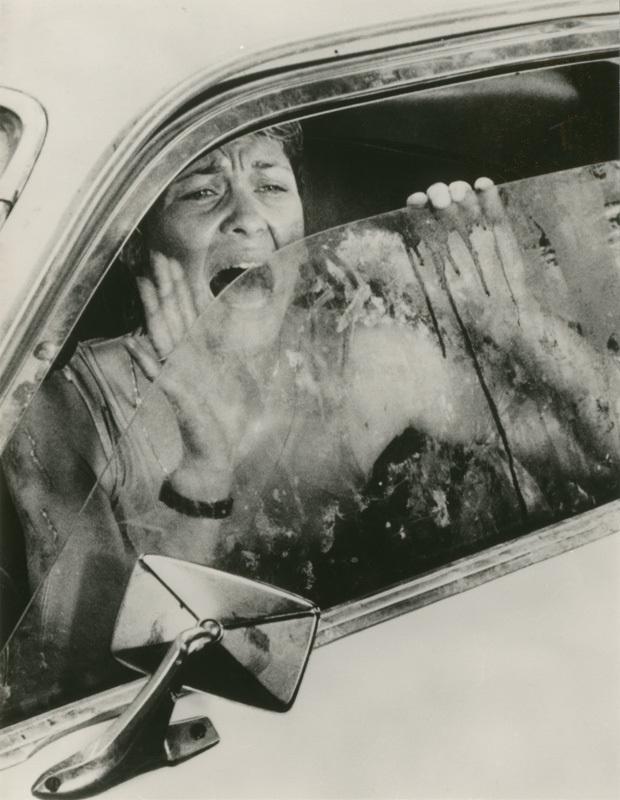
Monstres, faites-moi peur !
Monday, July 4, 201610:00 - 19:00
Location : Grande Halle, parc des Ateliers
Alternative genres such as science fiction, fantasy or utopia spawn stories that feed surprising reservoirs of images. Contemporary memory delves into them without preconceived ideas, shining a light on its fears and fantasies. For example, genre cinema abounds with weird works that engender certain myths of modernity. The cinematographic framework features ironic, outrageous landscapes and situations. The depiction of difference assumes all its value in this over-the-top system. Decadent characters—giants, vampires, zombies, extra-terrestrials, mythological creatures, abnormal and deformed beings— move about amongst humans the best they can. Their awkward bodies are the archetypes of a continuously redefined world. The Scary Monsters! exhibition confronts us with the idea of the norm, the relational foundations that make us part of a group or separate us from it. Eschewing the clinical process of a learned bestiary, it is based not on demonstration but on monstration. The goal is to address the visual means set up by the photographic space in order to create the monster, thereby exposing not just the gestures and the gaze the monster itself provokes, but also the gestures and the gaze that make up the monster. The show’s approach is not limited to the contemplation of abnormality, but also asks us to visit the fringes of what tends to make us more or less human. From July 4 to September 25, 10am to 7:30am.
Alternative genres such as science fiction, fantasy or utopia spawn stories that feed surprising reservoirs of images. Contemporary memory delves into them without preconceived ideas, shining a light on its fears and fantasies. For example, genre cinema abounds with weird works that engender certain myths of modernity. The cinematographic framework features ironic, outrageous landscapes and situations. The depiction of difference assumes all its value in this over-the-top system. Decadent characters—giants, vampires, zombies, extra-terrestrials, mythological creatures, abnormal and deformed beings— move about amongst humans the best they can. Their awkward bodies are the archetypes of a continuously redefined world. The Scary Monsters! exhibition confronts us with the idea of the norm, the relational foundations that make us part of a group or separate us from it. Eschewing the clinical process of a learned bestiary, it is based not on demonstration but on monstration. The goal is to address the visual means set up by the photographic space in order to create the monster, thereby exposing not just the gestures and the gaze the monster itself provokes, but also the gestures and the gaze that make up the monster. The show’s approach is not limited to the contemplation of abnormality, but also asks us to visit the fringes of what tends to make us more or less human.
From July 4 to September 25, 10am to 7:30am.
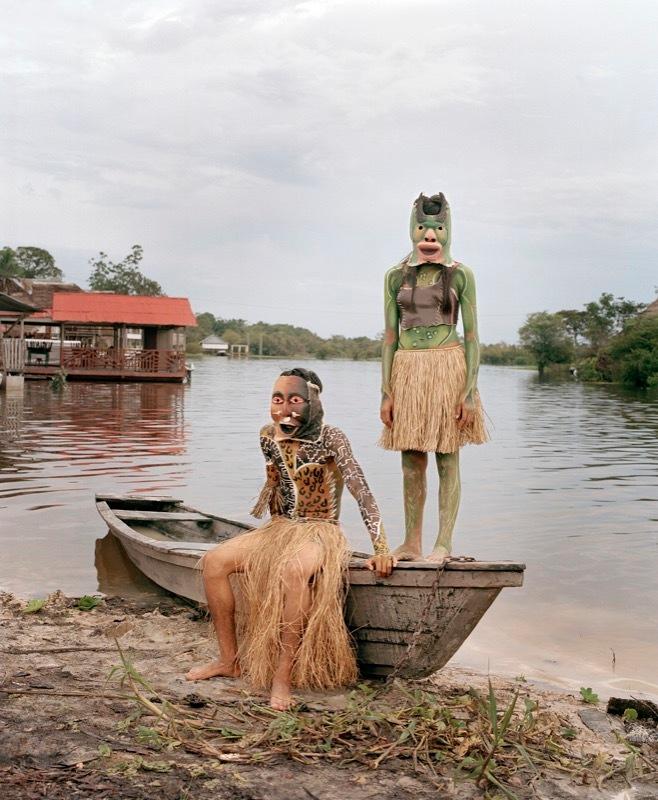
Yann Gross / The Jungle Show
Monday, July 4, 201610:00 - 19:30
Location : Magasin électrique
When the Spanish conquistador Francisco de Orellana set out on his search for cinnamon in 1541, he could not have known that his travels would take him to the winding bends of the world’s longest river—the Amazon. Long a witness to evangelisation campaigns, road-building projects and rubber, oil and gold rushes, the area has always aroused greed, competition and fascination. Following in the footsteps of past expeditions, this travel diary’s discreetly staged scenes help to reveal various facets of contemporary Amazonia and the surrounding areas. Working with different local communities allowed me to explore the forest’s complex interactions and mysteries. Once immersed in this domesticated world, you soon forget romantic clichés about forgotten lands and noble savages. More broadly, this visual roaming challenges the idea of progress and development. From July 4 to September 25, 10am to 7:30am.
When the Spanish conquistador Francisco de Orellana set out on his search for cinnamon in 1541, he could not have known that his travels would take him to the winding bends of the world’s longest river—the Amazon. Long a witness to evangelisation campaigns, road-building projects and rubber, oil and gold rushes, the area has always aroused greed, competition and fascination. Following in the footsteps of past expeditions, this travel diary’s discreetly staged scenes help to reveal various facets of contemporary Amazonia and the surrounding areas. Working with different local communities allowed me to explore the forest’s complex interactions and mysteries. Once immersed in this domesticated world, you soon forget romantic clichés about forgotten lands and noble savages. More broadly, this visual roaming challenges the idea of progress and development.
From July 4 to September 25, 10am to 7:30am.
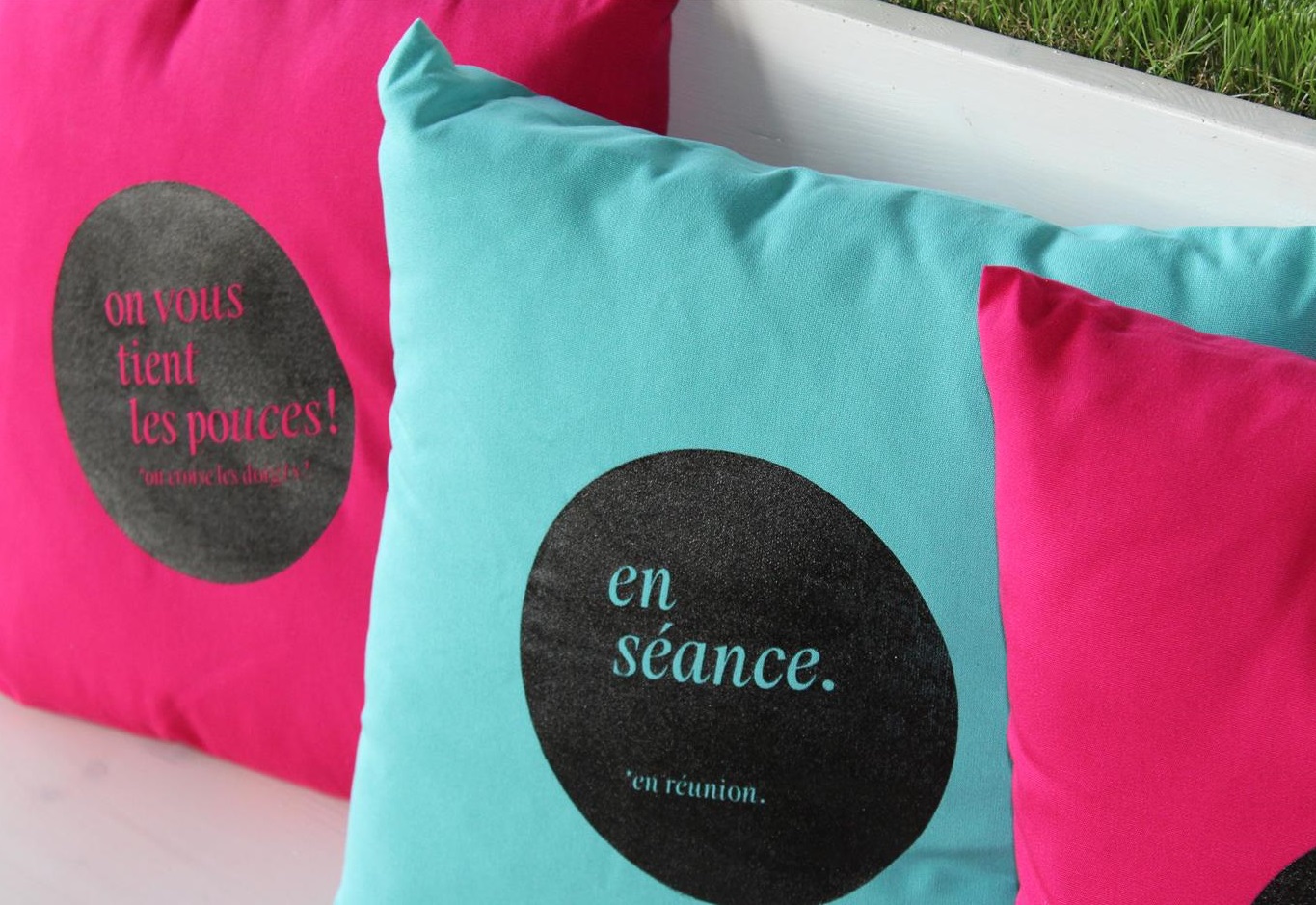
“Invisible wars. Consumption, censorship and the rhetorics of compassion in conflict photography” Panel #1/4
16:00 - 18:00Location : Mistral, Arles
Dominic Nahr, Christoph Bangert, and Caroline Recher will speak with Sascha Renner, curator of Nonante-neuf Talks, on accountability, veracity, consumption and censorship in conflict photography. Discussion followed by Spotlight scène suisse on NEAR, Swiss Association for Contemporary Photography From 4 to 6 p.m. Nonante-neuf talks are organised by Pro Helvetia, the Swiss Arts Council
Dominic Nahr, Christoph Bangert, and Caroline Recher will speak with Sascha Renner, curator of Nonante-neuf Talks, on accountability, veracity, consumption and censorship in conflict photography.
Discussion followed by Spotlight scène suisse on NEAR, Swiss Association for Contemporary Photography
From 4 to 6 p.m.
Nonante-neuf talks are organised by Pro Helvetia, the Swiss Arts Council
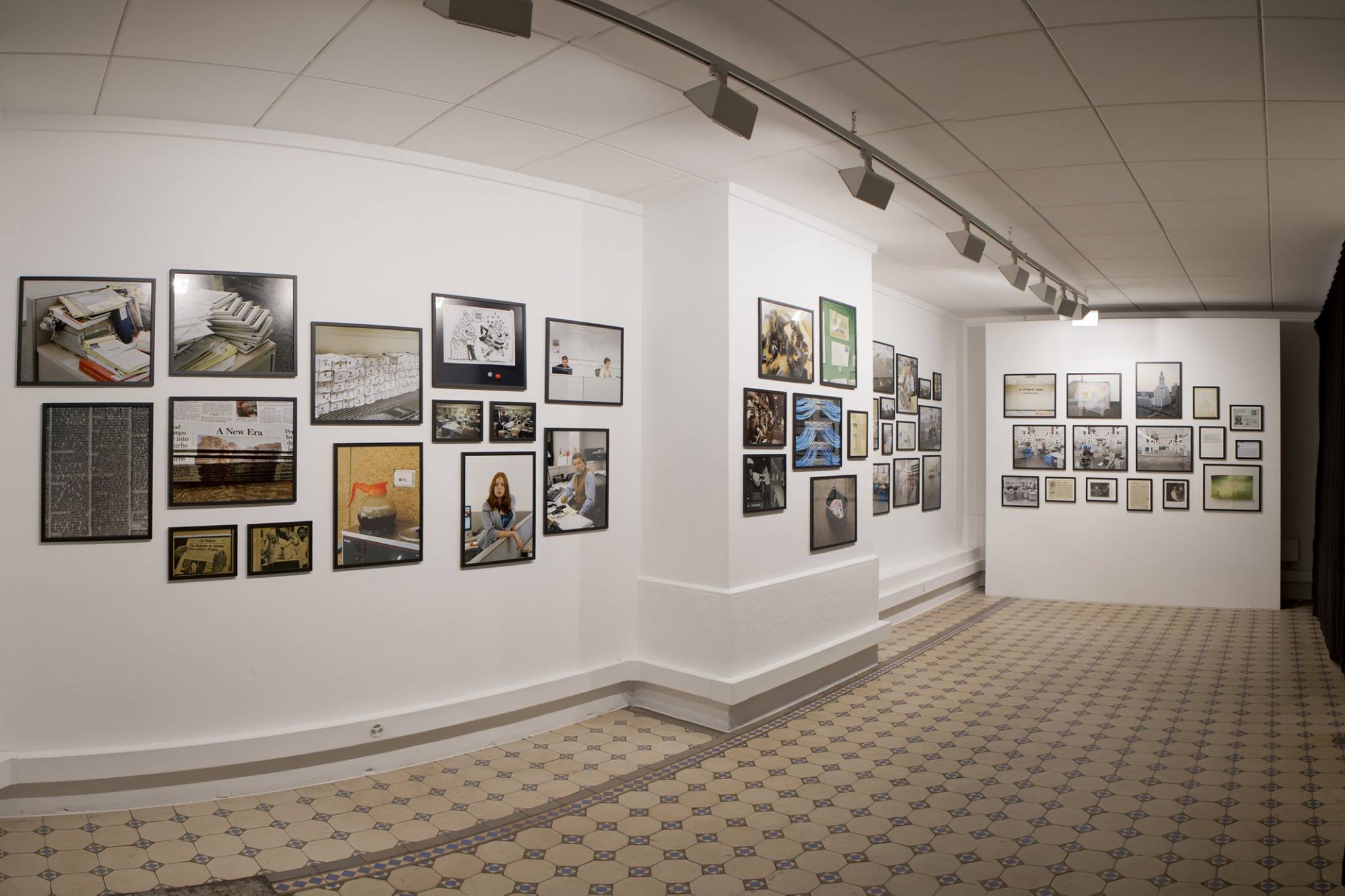
Press conference
Location : Nonante-neuf, Magasin électriquePress conference of the Festival Images Vevey. At 12am.
Conférence de presse du Festival Images Vevey.
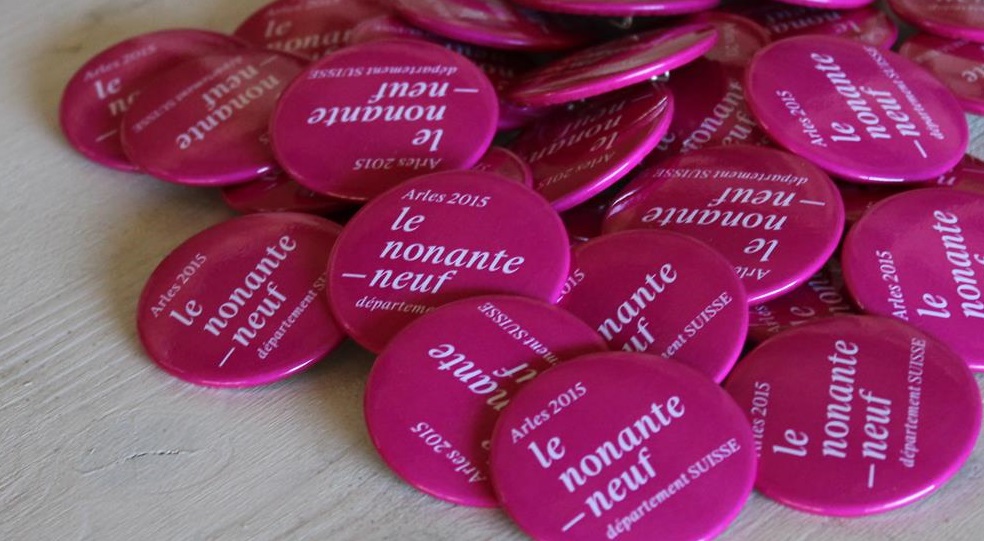
“Gain and loss of control: from documentation to surveillance” Panel #2/4
Location : Mistral, ArlesJules Spinatsch, Joerg Bader, and Salvatore Vitale will discuss photography as a medium of documentation, control, and surveillance, with Sascha Renner, curator of Nonante-neuf Talks. Discussion followed by Spotlight scène suisse on Aaluägä, a project of Anne Golaz und Myriam Ziehli From 4 to 6 p.m. Nonante-neuf talks are organised by Pro Helvetia, the Swiss Arts Council.
Jules Spinatsch, Joerg Bader, and Salvatore Vitale will discuss photography as a medium of documentation, control, and surveillance, with Sascha Renner, curator of Nonante-neuf Talks.
Discussion followed by Spotlight scène suisse on Aaluägä, a project of Anne Golaz und Myriam Ziehli.
From 4 to 6 p.m.
Nonante-neuf talks are organised by Pro Helvetia, the Swiss Arts Council
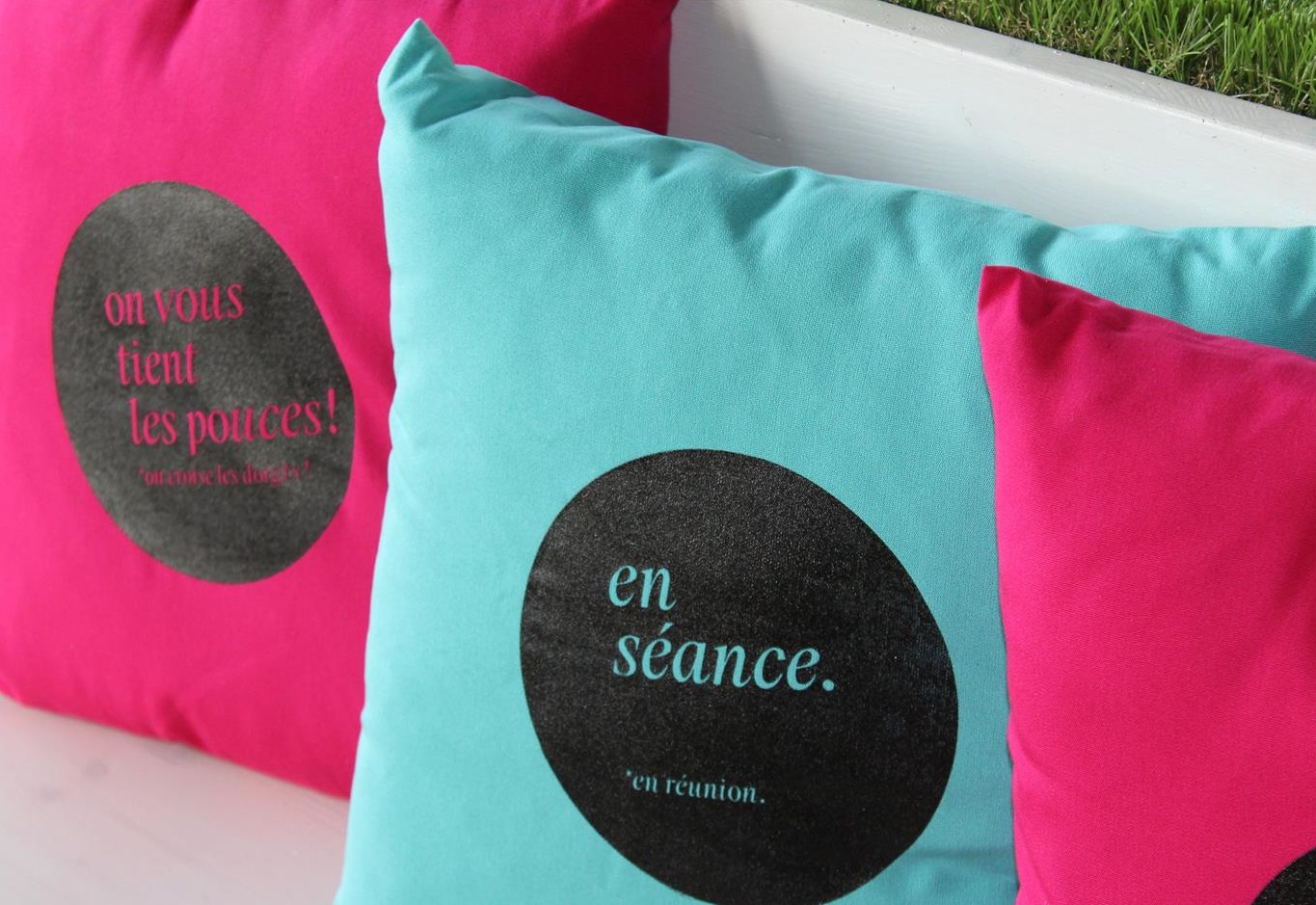
“Curating in a digital age Panel” #3/4
Location : Mistral, ArlesMarco de Mutiis, Joan Fontcuberta, and Erik Kessels will present their curatorial practices and discuss the concept of post-photography with Sascha Renner, curator of Nonante-neuf Talks. Discussion followed by Spotlight scène suisse on P3 Post-Photography Prototyping Prize, launched by Duncan Forbes, Director, Fotomuseum Winterthur in collaboration with the Julius Baer Foundation From 4 to 6 p.m. Nonante-neuf talks are organised by Pro Helvetia, the Swiss Arts Council.
Marco de Mutiis, Joan Fontcuberta, and Erik Kessels will present their curatorial practices and discuss the concept of post-photography with Sascha Renner, curator of Nonante-neuf Talks.
Discussion followed by Spotlight scène suisse on P3 Post-Photography Prototyping Prize, launched by Duncan Forbes, Director, Fotomuseum Winterthur in collaboration with the Julius Baer Foundation
From 4 to 6 p.m.
Nonante-neuf talks are organised by Pro Helvetia, the Swiss Arts Council.
